What is Augmentative and Alternative Communication?
Augmentative and Alternative Communication (AAC) is a method of communication used by individuals with a wide range of speech and language impairments, including congenital impairments such as cerebral palsy, intellectual impairment and autism, and acquired conditions such as amyotrophic lateral sclerosis (ALS) and Parkinson's disease.
How do I know if an individual is a good candidate for AAC?
AAC is for those individuals who are unable to use verbal speech, yet are cognitively able, or individuals whose speech is extremely difficult to understand. AAC can be a permanent addition to a person's communication or a temporary aid.
The evaluation of a user's abilities and requirements for AAC will include the individual's motor, visual, cognitive, language and communication strengths and weaknesses. The evaluation should include the input of family members, particularly for early intervention. You should also enlist the expert help of a speech-language pathologist, occupational therapist, or other AT professional to help with the decision. Here is a list of specific questions to consider.
- What are the individual's cognitive abilities?
- What are the individual's physical abilities?
- What is the most important vocabulary relevant to the individual?
- Consider the individual's motivation to use AAC and select the AAC system that will match.
What is a Speech-generating device?
Speech-generating devices (SGDs), also known as voice output communication aids, are electronic augmentative and alternative communication (AAC) systems used to supplement or replace speech or writing for individuals with severe speech impairments, enabling them to verbally communicate their needs. SGDs are important for people who have limited means of interacting verbally, as they allow individuals to become active participants in communication interactions.
What are some common AAC Myths and Realities?
The following myths are listed on the American Speech-Language-Hearing Association (ASHA) website:
Myth 1: Introducing AAC will reduce an individual's motivation to improve natural speech and will hinder language development (including the development of social communication skills). AAC should be introduced only after the ability to use natural speech has been completely ruled out.
Myth 2: Young children are not ready for AAC and will not require AAC until they reach school age.
Myth 3: Prerequisite skills such as understanding of cause and effect and showing communicative intent must be demonstrated before AAC should be considered; individuals with cognitive deficits are not able to learn to use AAC.
ASHA also cites this research to debunk these myths.
Whom should I contact for more information?
Contact your local Saltillo Consultant.














